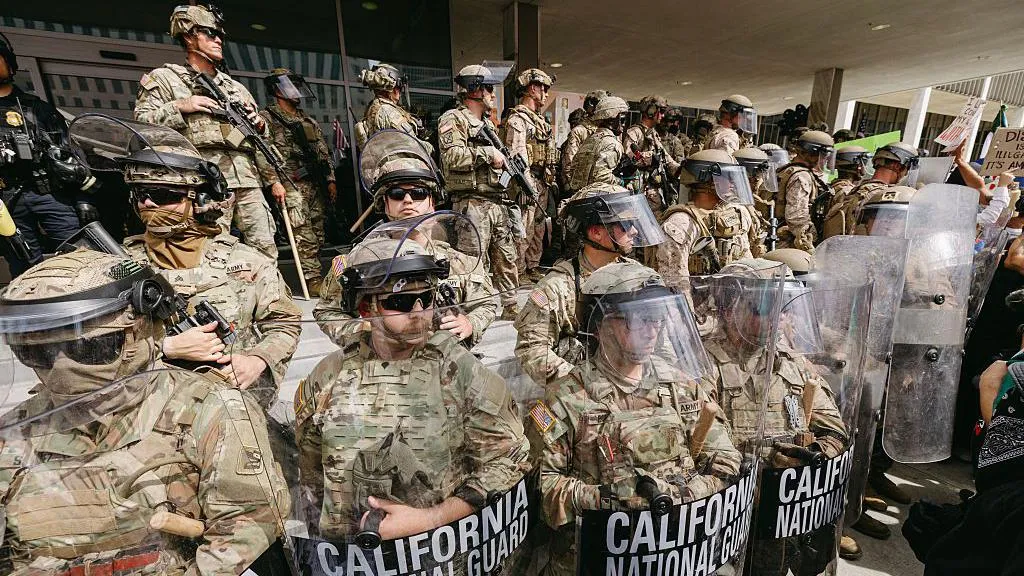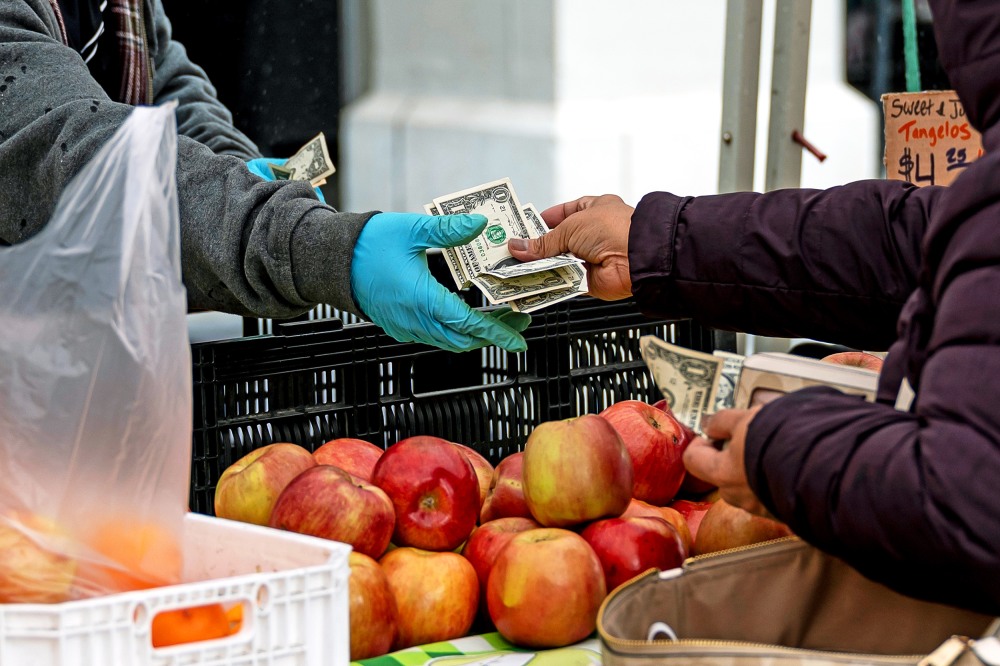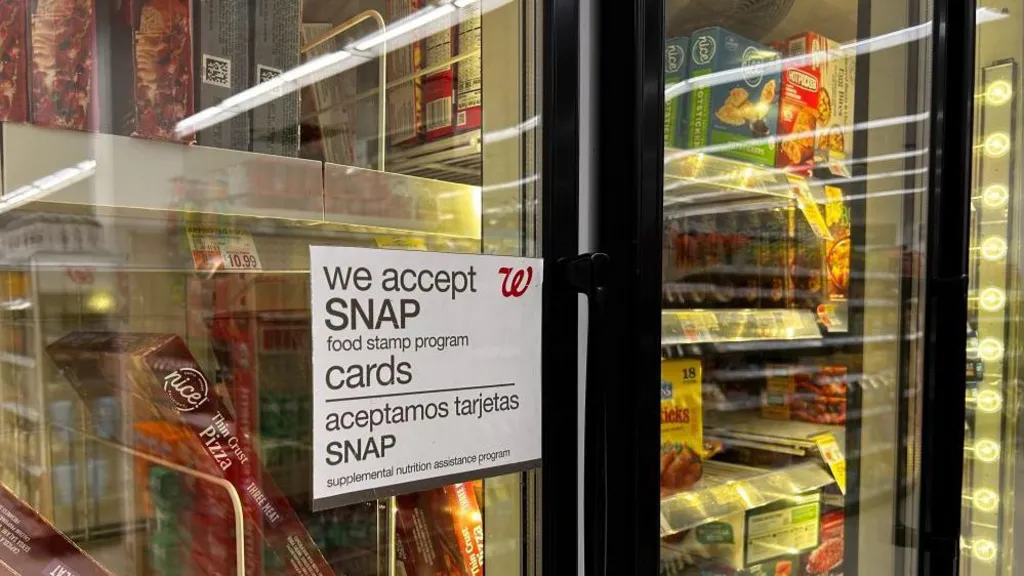
This article is more than
1 year oldTrump Shooting Is Secret Service’s Most Stunning Failure in Decades
The attempted assassination of former President Trump is the latest in a series of attacks on politicians in recent years. WSJ’s Aaron Zitner looks at what’s behind the surge in violence.
Donald Trump’s near assassination presents the biggest crisis for the Secret Service in decades. At the heart of what will be a torrent of investigations: How was a 20-year-old lone shooter able to take up an exposed firing position on an open rooftop not much more than a football field away from the former president?
Scrutiny is likely to focus heavily on the Secret Service’s advance work to secure buildings near the Butler, Pa., rally, including one belonging to American Glass Research where Thomas Matthew Crooks was perched when he shot at Trump.
“The reality is there’s just no excuse for the Secret Service to be unable to provide sufficient resources to cover an open rooftop 100 yards away from the site,” said Bill Pickle, a former deputy assistant Secret Service director. “And there’s no way he should’ve got those shots off.”
A Secret Service sniper shot and killed the suspected gunman just moments after he fired multiple rounds. Crooks used an AR-style rifle that had been purchased by his father, according to people familiar with the investigation. Authorities also found explosive devices in the car he had been driving, according to people briefed on the investigation.
One spectator was killed and two were critically injured. The gunman acted alone and wasn’t on the FBI’s radar before the shooting, said Kevin Rojek, the bureau’s special agent in charge of the Pittsburgh office. Investigators were still trying to determine his ideology and motive. They were working to gain access into the gunman’s cellphone and other electronic devices as part of that effort.
The suspected gunman fired from an elevated position outside of the rally
In advance of events, the Secret Service routinely visits nearby businesses and buildings and works with local law-enforcement officials to monitor and safeguard structures outside the security perimeter, former agents said.
Pickle said investigators will want to assess how the Secret Service communicated with local law enforcement and used technology, including drones, to identify threats.
The Secret Service is likely to also confront questions about how heavily it relied on local law enforcement for support—and whether federal or state officials knew in the hours or minutes before the shooting that a threat was brewing.
On Saturday, four counter-sniper teams—two from the Secret Service and two from local law enforcement—were deployed at Trump’s rally, a Secret Service spokesman said.
In interviews after the shooting, witnesses recalled their horror at the sound of gunfire and the sight of Trump being swept away by his Secret Service detail.
Two Secret Service sniper teams could be seen on rooftops behind former President Donald Trump, positioning themselves toward the shooter less than two minutes before gunfire erupted at a campaign rally in Butler, Pa., on Saturday. Photo illustration: Adam Falk PHOTO: PHOTO ILLUSTRATION: ADAM FALK
Robert Pugar, an Allegheny County resident and off-duty police officer who attended the rally, said he noticed the law-enforcement snipers looking through their binoculars shortly before the shooting happened. “I kept saying to myself, I wonder if they see something. It just caught my attention…or is that just how they pan the horizon?” Pugar recalled.
A day later, Pugar said he was still taking it all in. With all the top-notch security technology available today, “how did somebody get 130 yards away without being recognized?” he asked. “We couldn’t even park within a mile. So how does somebody get on the very first building away from the stage, on the rooftop?”
One witness outside the event told BBC that he saw an armed man crawling on top of a building and pointed him out to law enforcement.
“I’m thinking to myself, ‘Why is Trump still speaking, why have they not pulled him off the stage?’…The next thing you know, five shots ring out,” the witness said.
President Biden on Sunday said that Trump, as a former president and the presumptive Republican presidential nominee, already receives a heightened level of security and said that he has directed the Secret Service to provide Trump with “every resource” and measure to ensure his safety. Biden also said he has directed the head of the Secret Service to review all security measures for the Republican National Convention. And he called for an independent review of the security measures at the rally to establish what happened.
Rep. James Comer (R., Ky.), chairman of the House Oversight Committee, said within hours of the shooting that his panel was opening a probe, and he called on the Secret Service’s director, Kimberly Cheatle, to appear on July 22.

Individual agents showed tremendous bravery, he said, but added: “There are many questions and Americans demand answers.”
The Secret Service regularly trains for a variety of scenarios, “including the worst-case scenario of an assassination attempt against one of its protectees,” said Charles Marino, who served as a supervisory agent on Biden’s Secret Service detail during his vice presidency.
Donald Mihalek, a retired senior Secret Service agent, called the attempted assassination historic, drawing parallels to the 1912 shooting of Theodore Roosevelt in Milwaukee. Roosevelt, then a former president who was running for a third term in the White House, was shot while heading to a campaign event. He survived the attempt on his life.
Typically, the Secret Service has an advance team assess a location ahead of a campaign event to make a security plan, Mihalek said. Agents will take physical measures of the area, determine the necessary personnel and work with counter snipers to examine nearby buildings and their distances to where the president or the presidential candidate will be.
Mihalek said outdoor events like the one in Butler can be challenging. “You can’t shut a whole town down,” he said.
The campaign season makes the job even tougher, he said. While a president’s schedule is typically well mapped out, a candidate’s schedule can be erratic with last-minute events added to the campaign trail. That gives the Secret Service less time to plan, Mihalek said.

The Trump campaign officially announced the Butler event 10 days ahead of time, on July 3.
Rep. Mike Waltz, a Republican from Florida, said on X that the Department of Homeland Security had denied requests for stronger Secret Service protection for Trump—a claim that Secret Service spokesman Anthony Guglielmi called absolutely false.
“In fact, we added protective resources & technology & capabilities as part of the increased campaign travel tempo,” Guglielmi said on X. Waltz vowed to get to the bottom of what he said was a “massive leadership failure with Secret Service and DHS.”
House Republicans were both furious and upset during a security briefing they received Sunday afternoon from the House Sergeant at Arms, according to people familiar with the discussion.
Lawmakers came away from the call without any sense of the specific security flaw to blame for the incident, one person said.
Saturday’s events marked perhaps the biggest security crisis for the Secret Service since President Ronald Reagan was shot leaving the Washington Hilton in 1981 by John Hinckley, Jr. Reagan spent 12 days in the hospital after being struck under the armpit.

The spotlight will now fall on Cheatle, the Secret Service director, a veteran of the agency who took the helm in 2022, following a turbulent period in which it faced controversies related to its handling of phone records from the Jan. 6, 2021, attack on the Capitol.
A government watchdog said the agency deleted many of the text messages sent during a two-day period surrounding the Capitol attack that could have shed light on security lapses and Trump’s actions during the riot. The Secret Service said some employees’ phone data were lost during what it called a preplanned technology change, and has denied any wrongdoing.
Cheatle returned to the Secret Service after working as a senior director at PepsiCo North America overseeing facilities, personnel and business continuity.
In her previous stint at the Secret Service, she was the first woman to serve as assistant director of protective operations. Her appointment to lead the Secret Service made her the agency’s second female director. When he appointed her director, Biden said he and first lady Jill Biden got to know Cheatle while she served on his security detail during his vice presidency.
“She has my complete trust,” said the president in 2022.
Sadie Gurman, Jeanne Whalen, Katy Stech Ferek and Natalie Andrews contributed to this article.
Write to C. Ryan Barber at ryan.barber@wsj.com, James Fanelli at james.fanelli@wsj.com and Jan Wolfe at jan.wolfe@wsj.com




